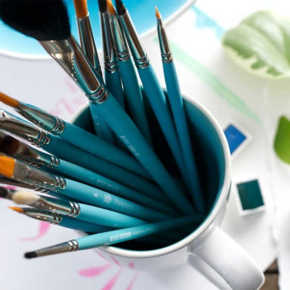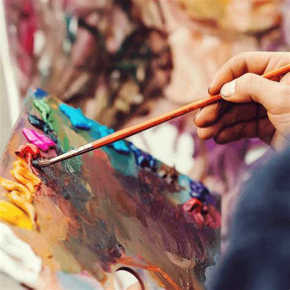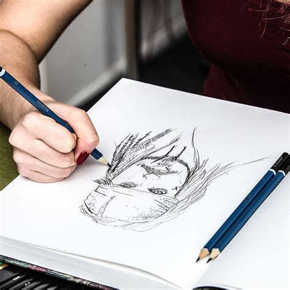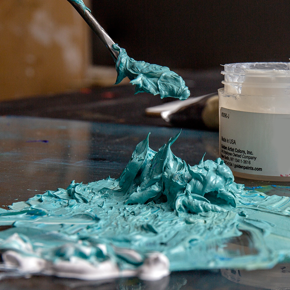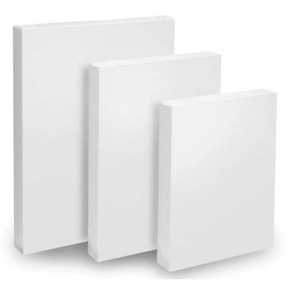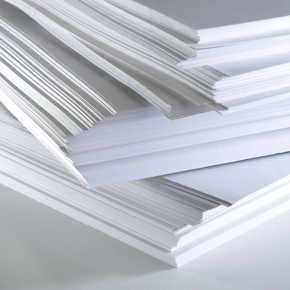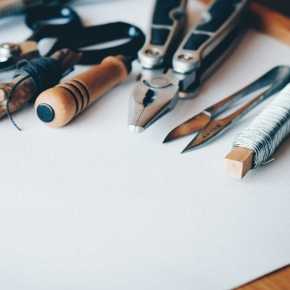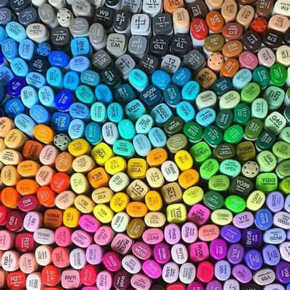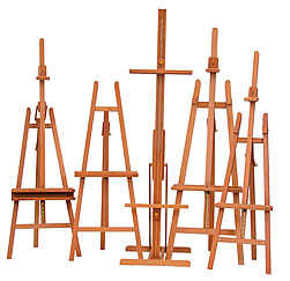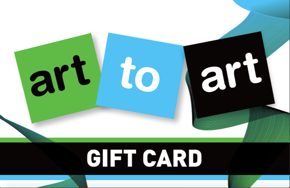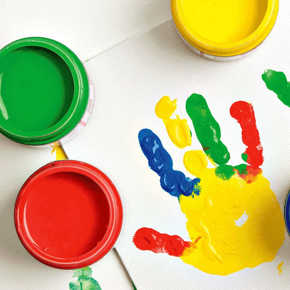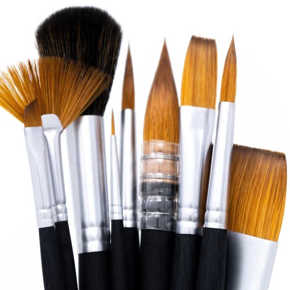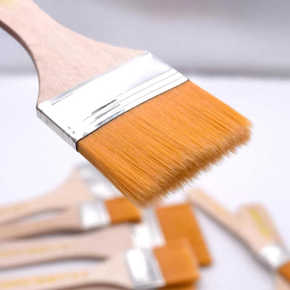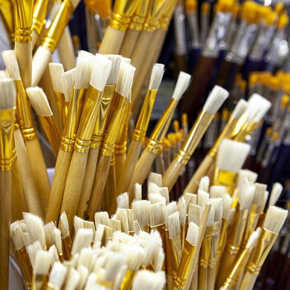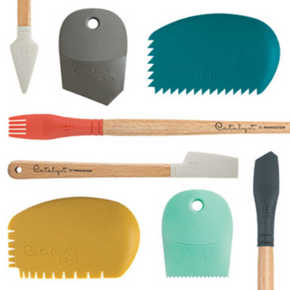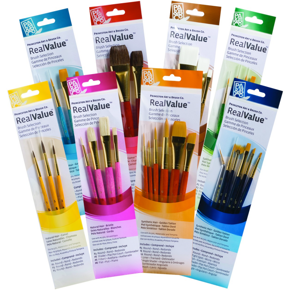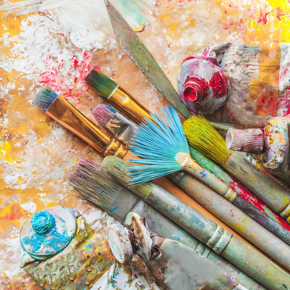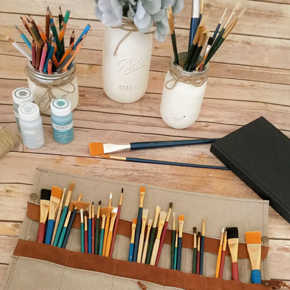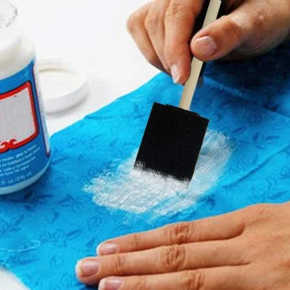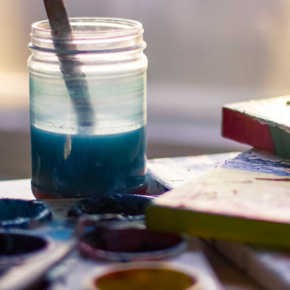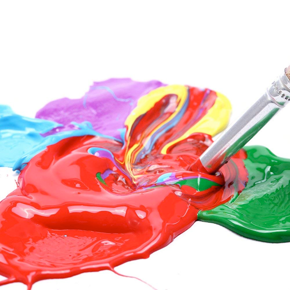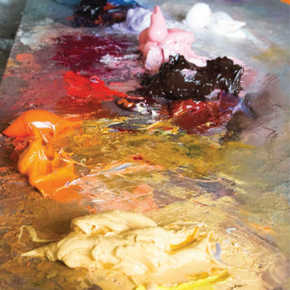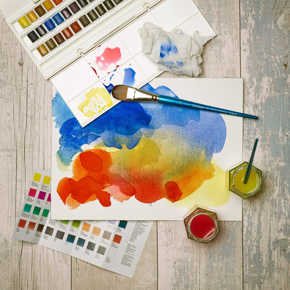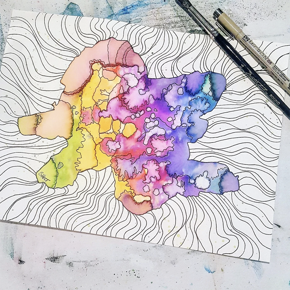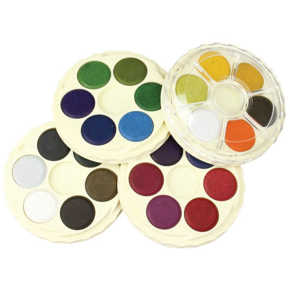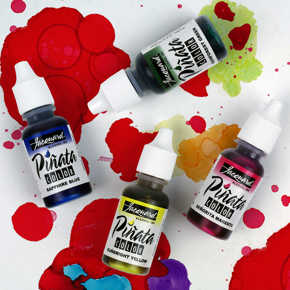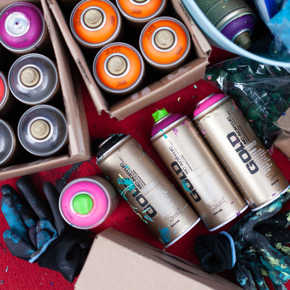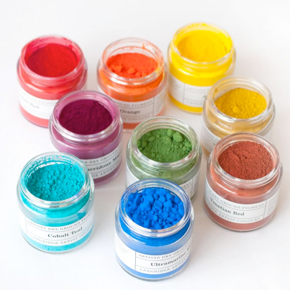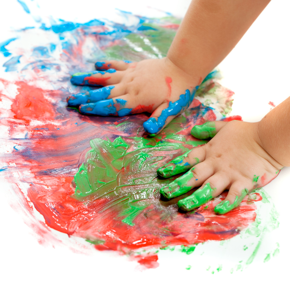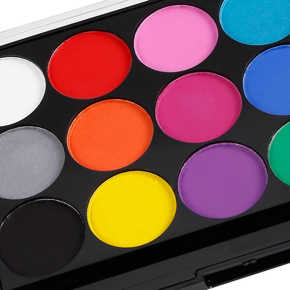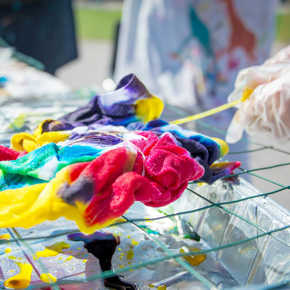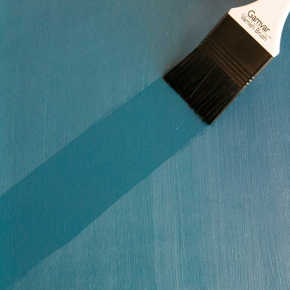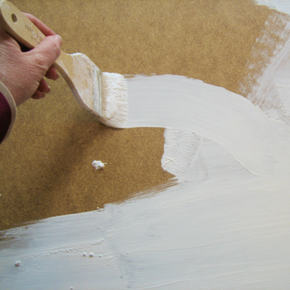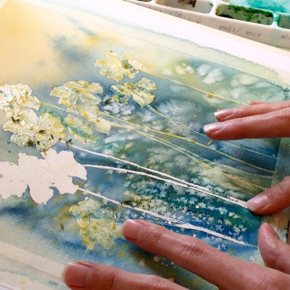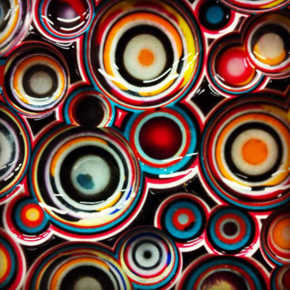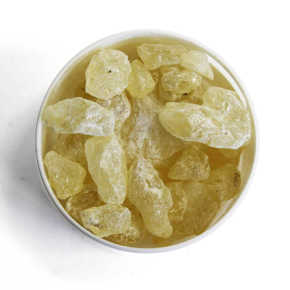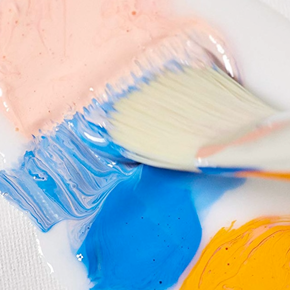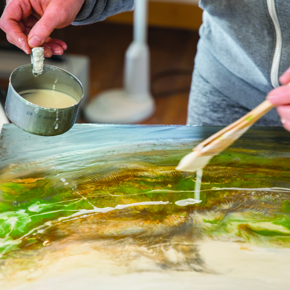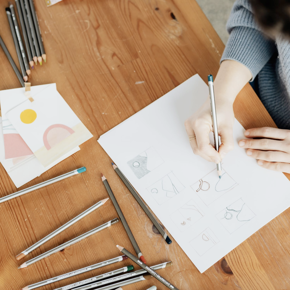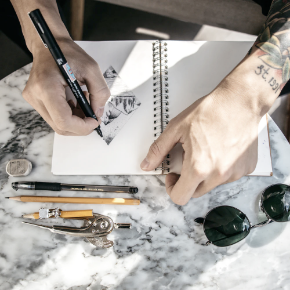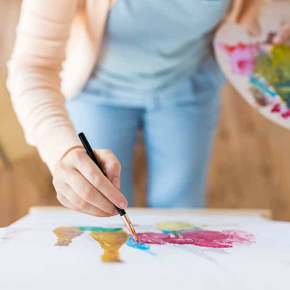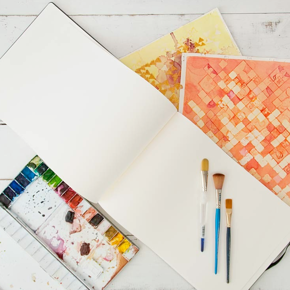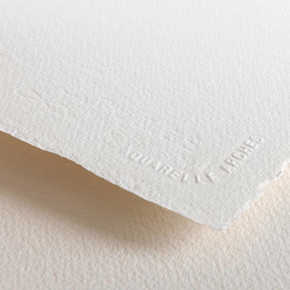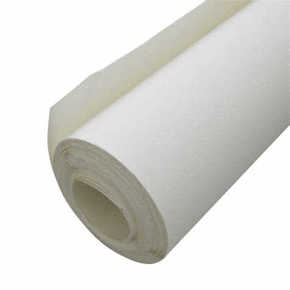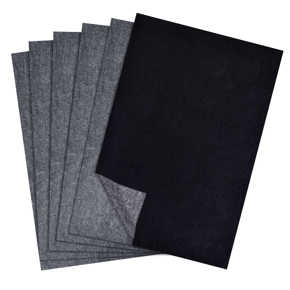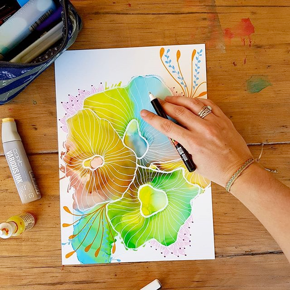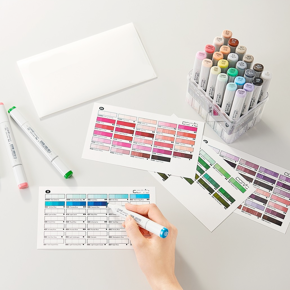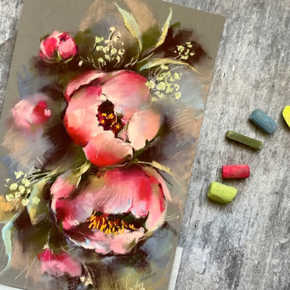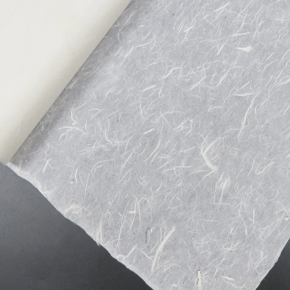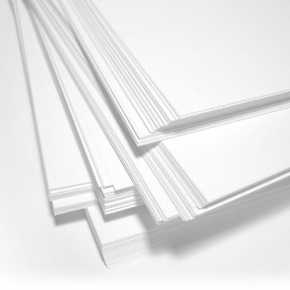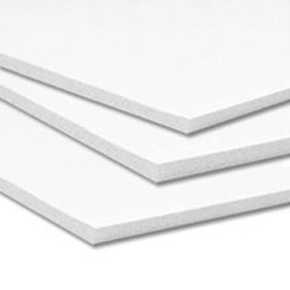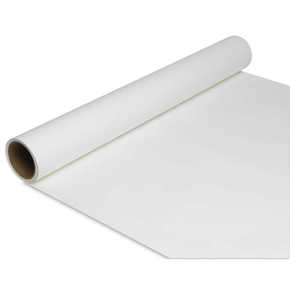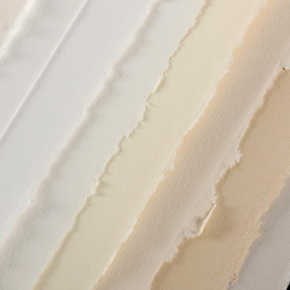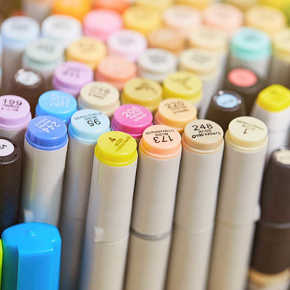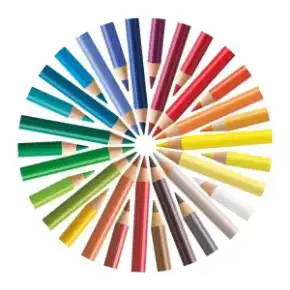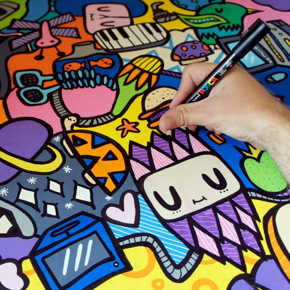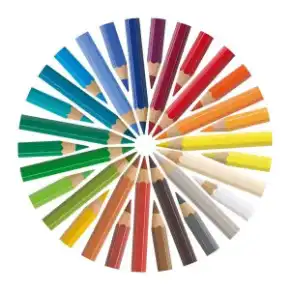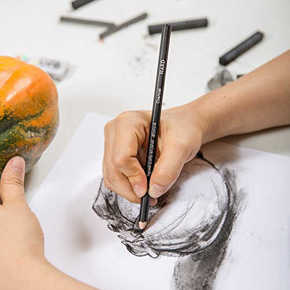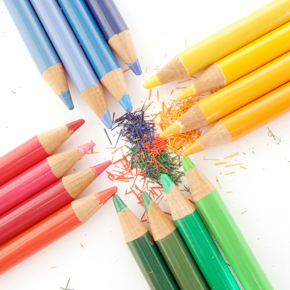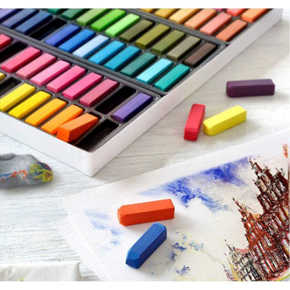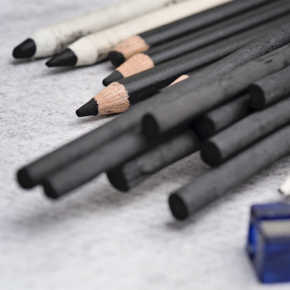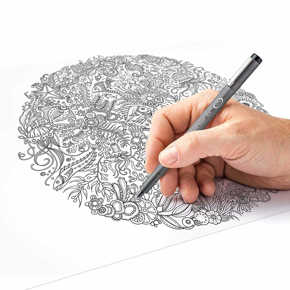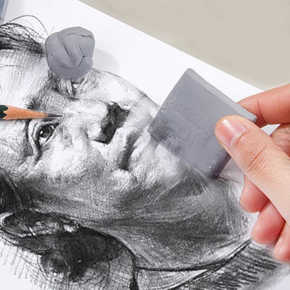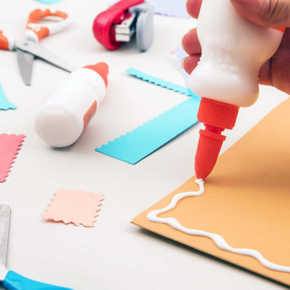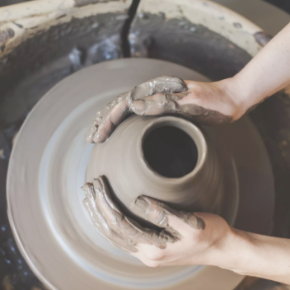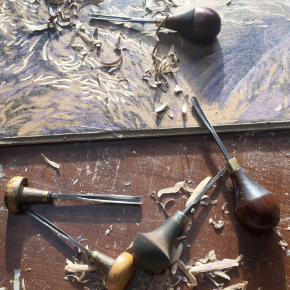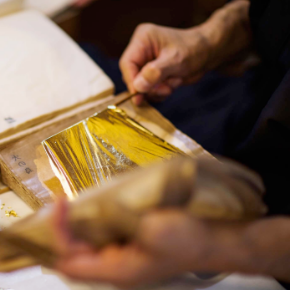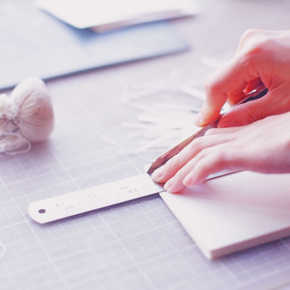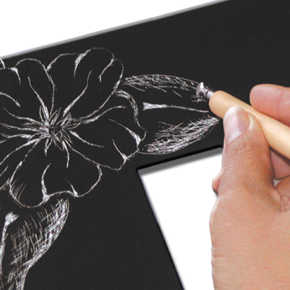When it comes to watercolour, artists have the choice between watercolour pencils and watercolour paint. Both are great for achieving a range of magnificent effects, but what are the differences between the two? If you’re a beginner, you may want to test these mediums one at a time. Read on for the full breakdown of watercolour pencils vs paint.
Overview:
Watercolour pencils
What are watercolour pencils?
How to use watercolour pencils
What surfaces can you use for watercolour pencils?
Pros and cons of watercolour pencils
Watercolour paint
What is watercolour paint?
How to use watercolour paint
What surfaces can you use for watercolour paint?
Pros and cons of watercolour paint
FAQs
Watercolour pencils
What are watercolour pencils?
To learn the difference between watercolour pencils vs paint, we need to look at the definitions of each medium! Watercolour pencils are a coloured medium that can be used for drawing and painting. Different to standard colour pencils, watercolour pencils contain a water-soluble lead. You can dip your pencil in water to create a range of interesting watercolour effects with a paint brush or use them dry -- the choice is up to you!
How to use watercolour pencils: 3 ways
Watercolour pencils are a popular medium amongst artists as they’re so versatile! Here are a few ways you can use them.
1. Activate with water
Watercolour pencils are typically used with water. If you want to achieve truly unique watercolour effects, you can apply water with a watercolour brush after drawing with your pencils. You can also apply water to your paper and then use your watercolour pencil for bold shades.
2. Layering colours
Watercolour pencils are great for mixing and layering. To create depth, apply one colour to your watercolour paper sheet, then layer with one or more colours next to eachother. Next, activate with water and mix the colours for a unique blended effect.
3. Use the pencils dry
You aren’t just limited to creating watercolour effects! For fine details, you can use the watercolour pencils dry for any artwork.
What surfaces can you use for watercolour pencils?
Watercolour pencils are suitable for a range of surfaces. Watercolour surfaces are commonly thicker and have a distinct texture. However, some artists prefer to use smoother surfaces, so the decision is up to you!
We recommend using:
Pros and cons of watercolour pencils
Watercolour paint
What is watercolour paint?
Watercolour paint is made up of pigments in a water-soluble binder. Once mixed with water, the pigment will spread effortlessly and look translucent.
How to use watercolour paint
There are a range of different techniques artists can use to create stunning and vibrant artworks! Here are 3 examples.
1. Applying wet paint on a dry surface
This is one of the most common techniques and can be used to create more defined and bold artworks. Using dry paper, apply moistened paint in any shape you desire. You can also apply drier paint for more definition.
2. Applying wet paint on a wet surface
Artists will typically apply wet paint onto a wet surface when they want to achieve soft applications and paint landscapes. Simply add plain water with a brush onto your surface and slide your brush from one side to the other using moistened paint. You can also try painting different shapes and patterns.
3. Mixing colours
This is good for creating blending effects and colour gradients. For the best results, use colours that work together on the colour wheel. Apply one colour to dry paper and layer another side by side and begin blending. Ensure you have paint that is not too moist, but still smooth enough to blend. You can also use this technique with one colour to create an ombre effect!
What surfaces can you use for watercolour paint?
There are a range of surfaces that watercolour paints can be applied to.
We recommend using:
Watercolour paper
Pastel paper
Ampersand art panels
Yupo paper
Wood
Fabric
Pros and cons of watercolour paint
We’re your one-stop art shop
Now that you know the difference between watercolour pencils vs paint, you may be inspired to create your next masterpiece with one of these brilliant mediums. Whether you’re looking for watercolour mediums, artist paint or art pencils, Art to Art is your one-stop shop for art supplies! Shop online today and get free shipping when you spend over $100 and same-day dispatch. You can also buy now and pay later with Afterpay. If you have any questions, please contact us online today.
Watercolour pencils vs paint: FAQs
Are watercolour pencils worth it?
Watercolour pencils are a great option for artists as they’re very versatile. You can use them dry and draw as you would with normal pencils or you can add water to create an array of interesting watercolour effects.
Can you use watercolour pencils with watercolour paint?
Yes you can! As watercolour pencils and paint are both water-soluble mediums, they will mix together perfectly. You can use the pencil directly for fine details and bold lines to a watercolour painting.
What watercolour paints are best?
Our most popular and high quality watercolour paints at Art to Art include:
Do you need special brushes for watercolour?
You can use watercolour with any brush you desire. However, if you want to create smooth transitions and bold watercolour effects, we recommend using a soft bristle watercolour brush.

